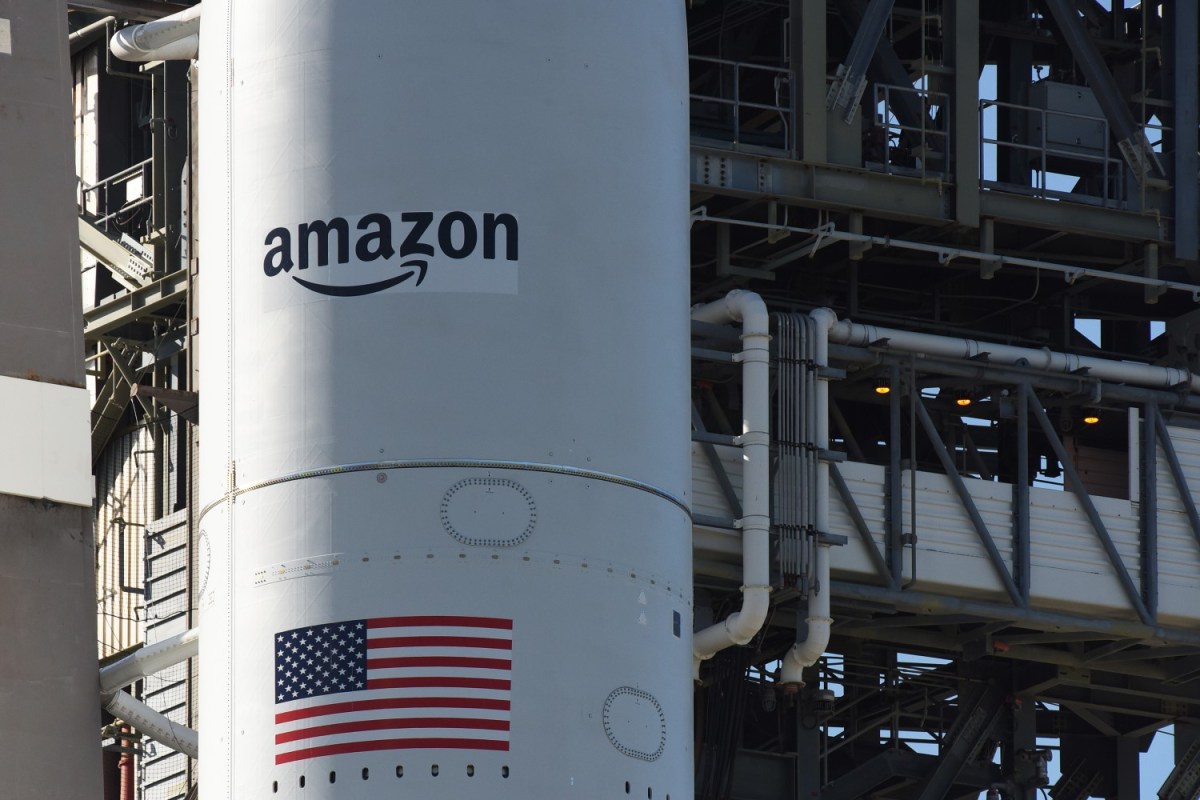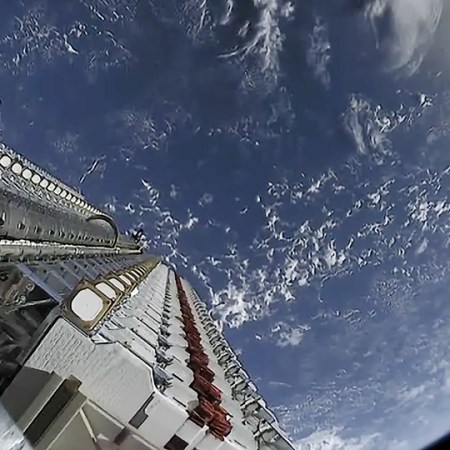Can lasers in the sky speed up the movement of data on the ground? Though it might sound like the stuff of science fiction (or, if you prefer, mid-1980s technothrillers), it’s increasingly an instance of science fact — including from Amazon’s foray into satellite internet services, Project Kuiper. In October, Amazon sent two test satellites into orbit, and it’s been exploring their capabilities ever since. It turns out the results of those tests are looking promising.
This week, Amazon revealed details about the specifics of their tests, which included using lasers to maintain a 100 Gbps connection over a distance of nearly 621 miles. In a statement, Project Kuiper vice president of technology Rajeev Badyal spoke highly of these results. “This system is designed fully in-house to optimize for speed, cost and reliability, and the entire architecture has worked flawlessly from the very start,” he said.
The next step for Project Kuiper involves the launch of production satellites. That is currently scheduled to occur in the first half of 2024, with “early customer pilots” to follow later in the years. If this seems like the retail and web hosting giant is expanding into a seemingly unrelated business, the company sees things a bit differently. According to Amazon’s announcement, this satellite network will work in tandem with AWS with a goal of efficiency when it comes to data transfer.
Amazon’s Project Kuiper Satellites Could Help Ruin Astronomy
Last month, the FCC approved 3,236 “low Earth orbit” satellitesAmazon’s announcement of the test results also includes an appeal to the public sector. Given that a debate over private enterprise operating certain parts of public infrastructure is already ongoing, it’ll be interesting to see how Amazon’s expansion into the satellite internet world will change the terms of that discussion, if it does at all.
This article appeared in an InsideHook newsletter. Sign up for free to get more on travel, wellness, style, drinking, and culture.



















